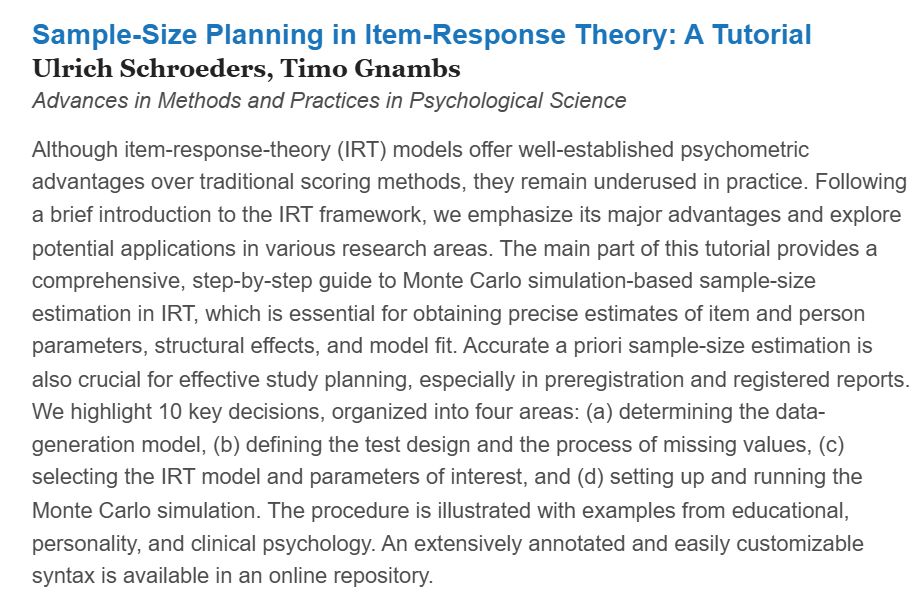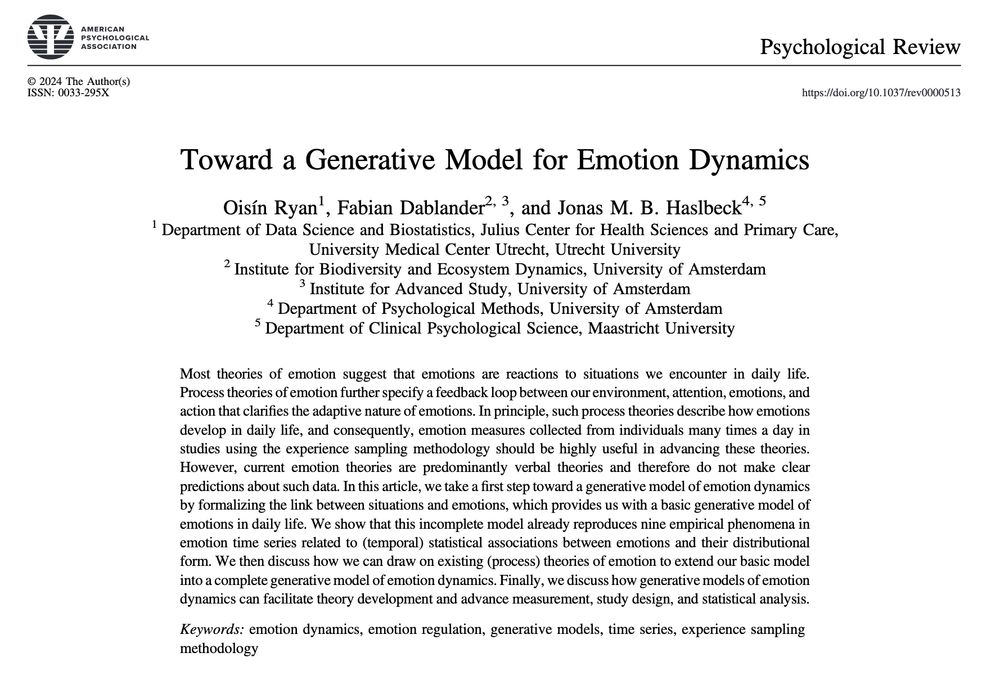bbrfoundation.org/content/smar...

bbrfoundation.org/content/smar...
Can LLMs and smartphone sensing help us track therapy progress in real time?
www.nature.com/articles/s44...
Can LLMs and smartphone sensing help us track therapy progress in real time?

I’m thankful for the opportunity to share this little drop of thought. 🌱
👉 Read the full correspondence here: www.nature.com/articles/d41...
I’m thankful for the opportunity to share this little drop of thought. 🌱
👉 Read the full correspondence here: www.nature.com/articles/d41...
Thank you to @christianwebb.bsky.social @diegopizzagalli.bsky.social and the awesome teddylab team @nigeljaffe.bsky.social, KristinaPidvirny, and Anna Tierney 🙌
Free 50d access: authors.elsevier.com/a/1lRqe1KMdl...
Thank you to @christianwebb.bsky.social @diegopizzagalli.bsky.social and the awesome teddylab team @nigeljaffe.bsky.social, KristinaPidvirny, and Anna Tierney 🙌
Free 50d access: authors.elsevier.com/a/1lRqe1KMdl...
@hadarfisher.bsky.social and linked to excellent paper by
@whitneyringwald.bsky.social, @aidangcw.bsky.social & team. tinyurl.com/5n8z4r6e

In a new preprint, we explored whether digital tools - smartphone passive sensors📱 and LLM (GPT-4o) 🤖 - can track daily-life activation in adolescents with anhedonia receiving Behavioral Activation.
osf.io/preprints/ps...
In a new preprint, we explored whether digital tools - smartphone passive sensors📱 and LLM (GPT-4o) 🤖 - can track daily-life activation in adolescents with anhedonia receiving Behavioral Activation.
osf.io/preprints/ps...
journals.sagepub.com/doi/10.1177/...
@psychscience.bsky.social

journals.sagepub.com/doi/10.1177/...
@psychscience.bsky.social

A new tool for power analysis of longitudinal linear mixed-effects models (LMMs) – with support for missing data, plus non-inferiority and equivalence tests.
powerlmmjs.rpsychologist.com
Would really appreciate your feedback as I refine this app! Details below 🧵👇
A new tool for power analysis of longitudinal linear mixed-effects models (LMMs) – with support for missing data, plus non-inferiority and equivalence tests.
powerlmmjs.rpsychologist.com
Would really appreciate your feedback as I refine this app! Details below 🧵👇
Our latest study focuses on identifying adolescents at heightened risk of developing depression by examining how emotion regulation dynamics during this critical developmental period predict future symptoms. osf.io/preprints/ps...
Our latest study focuses on identifying adolescents at heightened risk of developing depression by examining how emotion regulation dynamics during this critical developmental period predict future symptoms. osf.io/preprints/ps...


